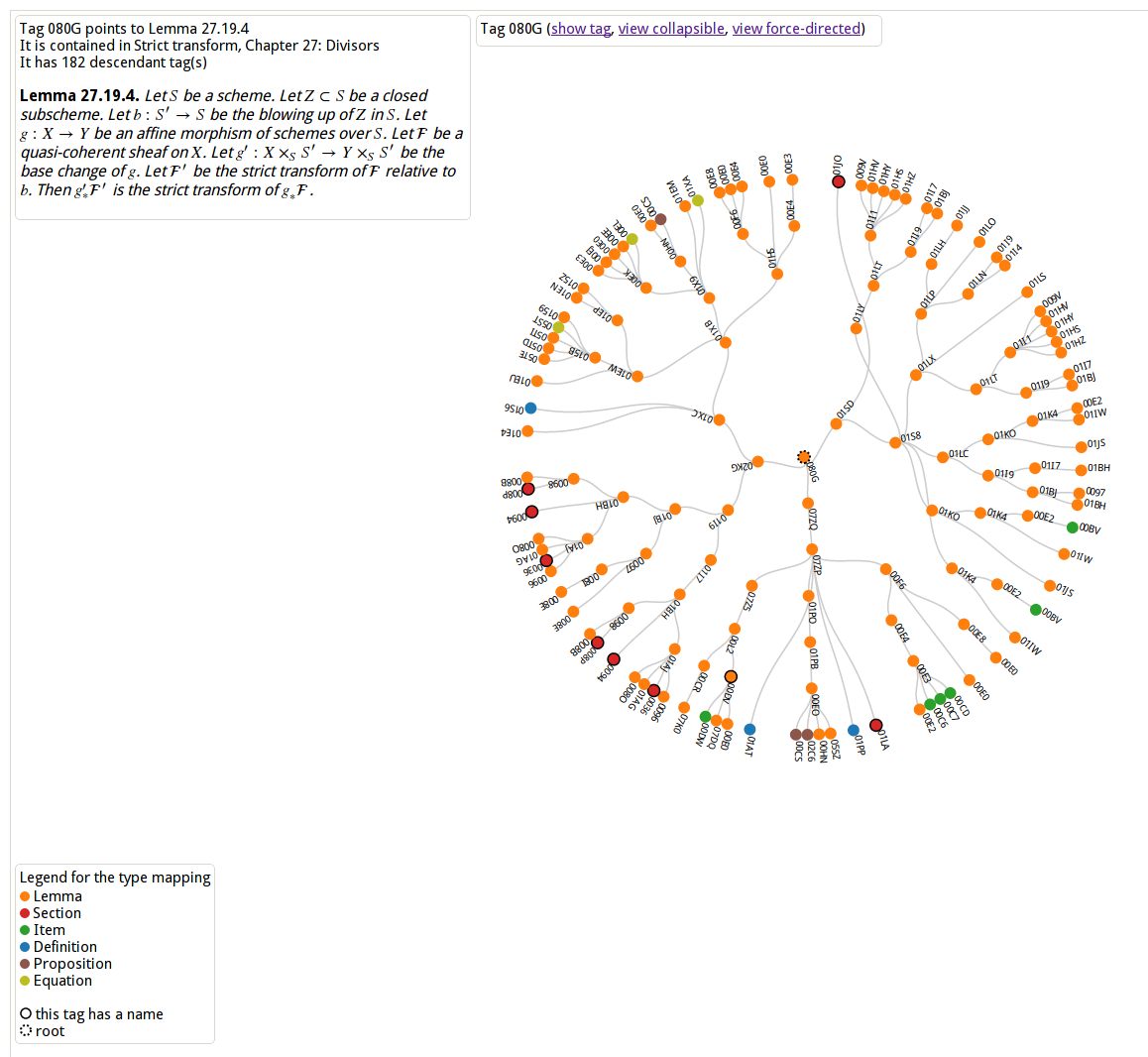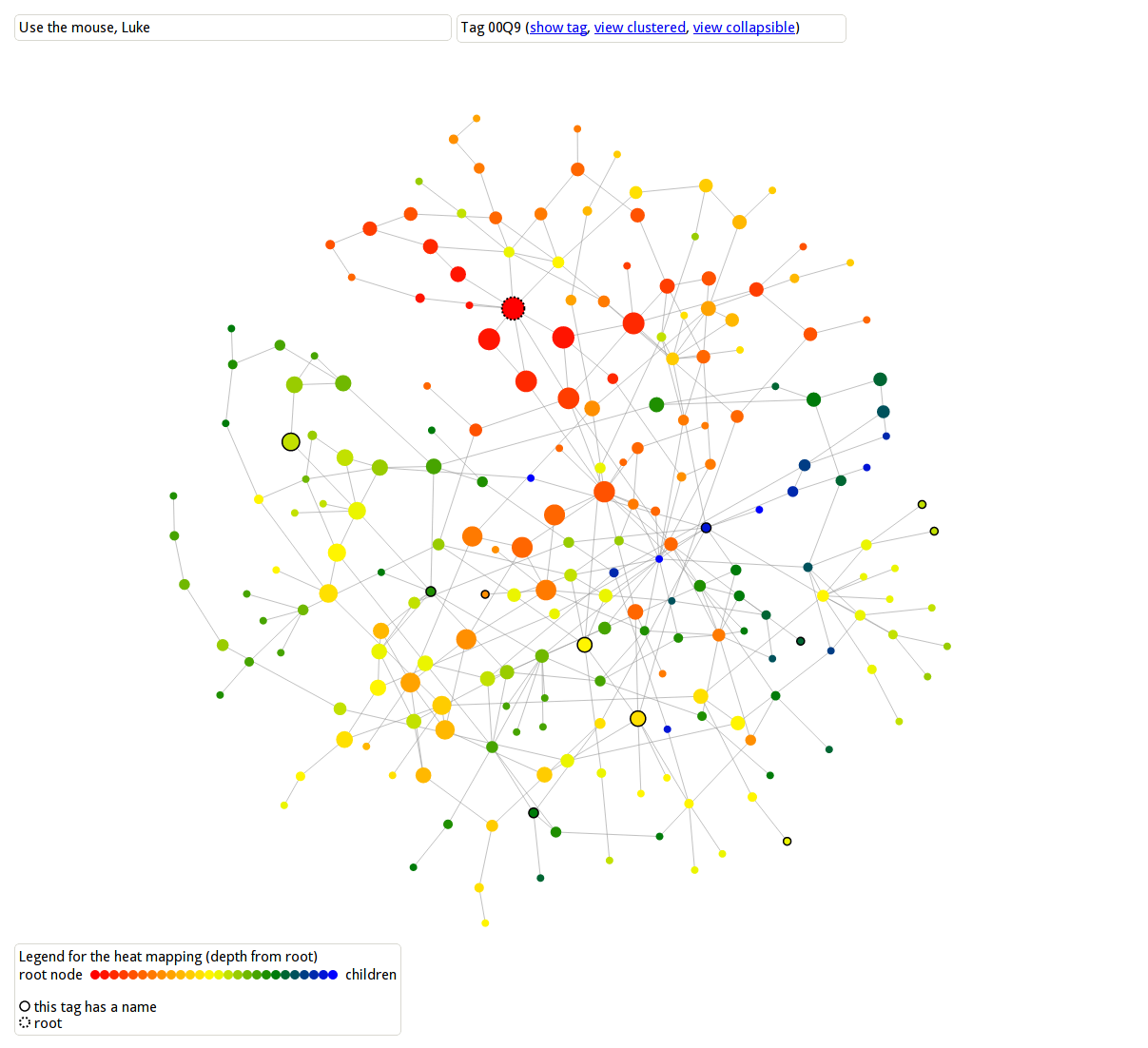So, I would like some more input on the idea of having more macros in the Stacks project. Please read my thoughts here first.
One of the things that wasn’t mentioned there, maybe because it is so obvious, is that having more macros makes writing LaTeX for the Stacks project more difficult. On the other hand, it will always be the case that the most difficult part is writing the actual mathematics, and it is much easier to change the actual coding. For an example see this contribution by Kiran Kedlaya and note how this commit fixed up the coding style on the same day.
Here is a list of current code bits that I think warrant being replaced by a macro:
| freq | snippet | meaning |
|---|---|---|
| 111 | \mathit{Isom} | Isom sheaf between objects of a stack |
| 114 | \text{div} | divisor of a rational function |
| 116 | \text{Fil} | Fil(A) is cat filtered objects of A |
| 125 | \text{Sym} | Symmetric powers |
| 126 | \text{cosk} | coskelet functor |
| 129 | \text{gr} | associated graded |
| 139 | \text{Tr} | trace |
| 146 | \underline{\text{Proj}} | relative proj |
| 157 | \text{Cris} | crystalline site |
| 164 | \underline{\mathbf{Z}} | constant sheaf |
| 169 | \textit{PSh} | cat of presheaves on |
| 178 | \textit{Coh} | cat of coherent sheaves |
| 188 | \text{Mod} | category of modules over ring |
| 205 | \text{Cov} | collection of coverings of a site |
| 215 | \text{Supp} | support of a (sheaf of) module(s) |
| 219 | \text{Tot} | associated total complex |
| 239 | \text{Tor} | tor functor |
| 241 | \text{Ass} | set of associated primes/points |
| 249 | \text{length} | length of a module |
| 260 | \text{Coker} | cokernel |
| 285 | \text{Im} | image |
| 310 | \textit{Sets} | category of sets |
| 335 | \textit{Ab} | category of abelian groups |
| 398 | \text{Ext} | ext functor |
| 406 | \text{Proj} | proj functor |
| 496 | \textit{Mod} | category of sheaves of modules |
| 520 | \textit{QCoh} | quasi-coherent sheaves of modules |
| 560 | \text{pr} | projection morphism |
| 579 | \text{d} | differential A –> ΩA |
| 677 | \text{Ker} | kernel |
| 834 | \text{id} | identity morphism |
Currently, I am contemplating introducing the command \identity for the identity morphism. What do you think?


